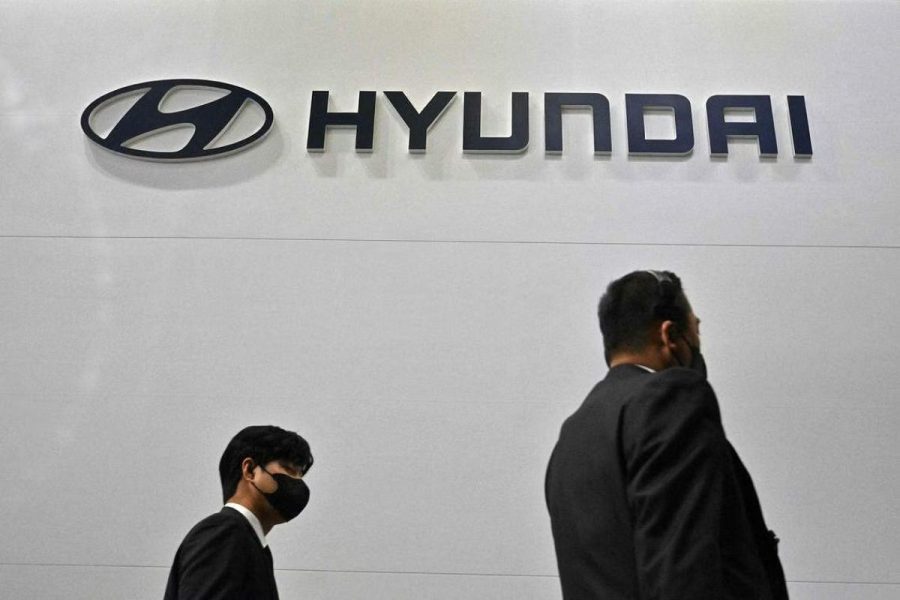Unionization Threatens Workforce Freedom: The intersection of unionization and workforce freedom is a complex landscape, especially in the context of Alabama’s Right-to-Work law. While this law was designed to protect employees’ rights to choose whether to join a union, recent events have reignited concerns about the limitations it poses.
The ongoing challenges faced by international automaker workers in the state have brought to light the potential impact of unionization methods on the workforce. As stakeholders navigate these intricate dynamics, questions arise about the delicate balance between collective bargaining power and individual autonomy, prompting a deeper exploration into the evolving landscape of labor relations.
Importance of Alabama’s Right-to-Work Law
The significance of Alabama’s Right-to-Work Law cannot be understated, as it stands as a cornerstone of the state’s economic prosperity and individual empowerment. Enacted in 1953 and constitutionally solidified in 2016, this law has been instrumental in fostering a business-friendly environment that prioritizes worker freedom and autonomy.
By allowing employees the right to choose whether or not to join a union or financially support it, the law has attracted numerous industries to the state, creating job opportunities and driving economic growth.
Alabama’s Right-to-Work Law not only bolsters the state’s economy but also empowers individuals by giving them the autonomy to make decisions regarding their employment status without fear of coercion or discrimination. This freedom of choice resonates with the principles of individual liberty and personal responsibility that are deeply ingrained in American society.
Consequently, the law has made Alabama an attractive destination for workers seeking independence and businesses looking to thrive in a supportive regulatory environment.
Limitations of Right-to-Work Law
Despite its intended benefits, Alabama’s Right-to-Work Law faces notable challenges in fully protecting workers’ autonomy and freedom from union influence.
While the law allows employees to choose whether or not to join a union, it does not prevent unions from maintaining exclusive bargaining power over all workers in a workplace once they are unionized. This means that even those who opt out of union membership are still bound by the terms negotiated in the collective bargaining agreement, limiting their ability to negotiate directly with their employers.
The inability of non-union members to communicate their needs and preferences directly to management can lead to feelings of disenfranchisement and frustration. Additionally, the law does not address the issue of unions using their collective power to influence workplace dynamics and policies in ways that may not align with the preferences of all workers.
Therefore, while the Right-to-Work Law offers certain freedoms, it falls short in fully protecting workers’ autonomy and independence from union intervention.

ALSO READ: Alabama’s Labor Force Rate Stagnant at 57.4% What’s Happening?
Challenges Faced by International Automaker Workers
Within the international automaker sector, workers in Alabama encounter significant hurdles and complexities that impact their labor rights and workplace dynamics. The presence of the United Auto Workers (UAW) seeking to organize facilities such as Hyundai in Montgomery introduces challenges for these workers.
The UAW’s push for a neutrality agreement, which restricts employers from freely discussing unions during unionization campaigns, raises concerns about the fairness of the process. By limiting the information available to workers to only the union’s perspective, there is a risk that employees may not have access to a balanced view to make informed decisions about union representation. This restriction could potentially disadvantage workers by skewing their understanding of the implications of unionization.
Additionally, the pressure from such organizing efforts may create tensions within the workplace, affecting employee morale and productivity. These challenges highlight the delicate balance between workers’ rights to organize and the need for transparent, fair processes that consider all perspectives.
Unionization Methods and Potential Impact on Workers
Utilizing coercive tactics like card check elections in the unionization process can undermine workers’ autonomy and potentially skew their decision-making abilities. The UAW’s preference for card check elections strips workers of their right to a secret ballot, compelling them to publicly disclose their stance on unionization. This approach raises concerns about the fairness of the process and the ability of workers to freely express their true sentiments without fear of reprisal. By eliminating the confidentiality of the voting process, employees may feel pressured to conform to the majority opinion, regardless of their personal beliefs or reservations.
Moreover, such tactics could lead to an environment where dissenting voices are silenced, hindering genuine dialogue and deliberation among workers. In contrast, the successful collaboration between Hyundai and Alabama highlights the benefits of fostering positive relationships between companies and employees without the intervention of coercive unionization methods. This partnership has not only contributed to local economic growth but also demonstrates that mutual respect and cooperation can lead to favorable outcomes for both parties involved.

News in Brief
Alabama’s Right-to-Work Law, a linchpin of economic prosperity, guarantees worker autonomy but faces challenges. While it attracts industries and empowers workers, limitations emerge in exclusive bargaining power once a union is formed. The law’s shortcomings become apparent in international automaker sectors where the United Auto Workers (UAW) seeks to organize.
UAW’s push for a neutrality agreement raises concerns about fairness and transparency in the unionization process. Coercive tactics like card check elections further jeopardize worker autonomy, potentially stifling genuine dialogue and dissenting voices. The delicate balance between workers’ rights and fair, informed decision-making becomes crucial in navigating the evolving landscape of labor relations in Alabama.
Our Reader’s Queries
What is the threat of unionization?
In the conventional union threat model for wage determination, nonunion employers strategically increase wages in response to potential unionization. This results in higher wages but a decline in nonunion employment as firms adjust along their labor demand curves.
What are the problems with unionization?
Detractors contend that unions hinder workplace competitiveness by elevating labor costs and impeding the dismissal of underperformers. They argue that unions diminish employment by restricting the labor supply and contribute to a higher cost of living as employers raise prices to offset increased labor costs.
What are the effects of unionization?
Unionized workers gain various advantages through collective bargaining, including elevated wages, improved benefits, enhanced job stability, safer work environments, and notably, substantial benefits for the working class.
What is the unionization of the workforce?
A labor union is a group established by workers to advocate for improved pay, enhanced safety at work, and better benefits. Representatives selected by the union negotiate with employers on behalf of its members.

